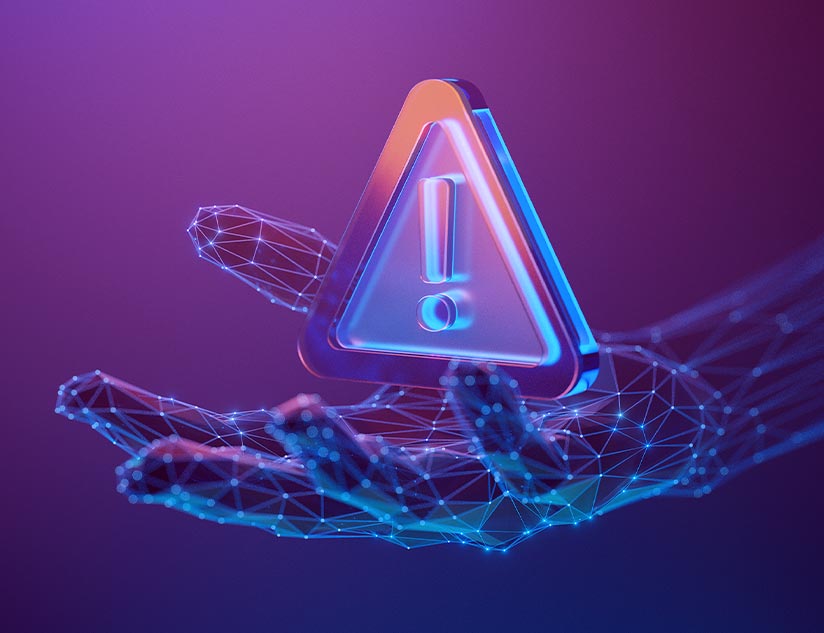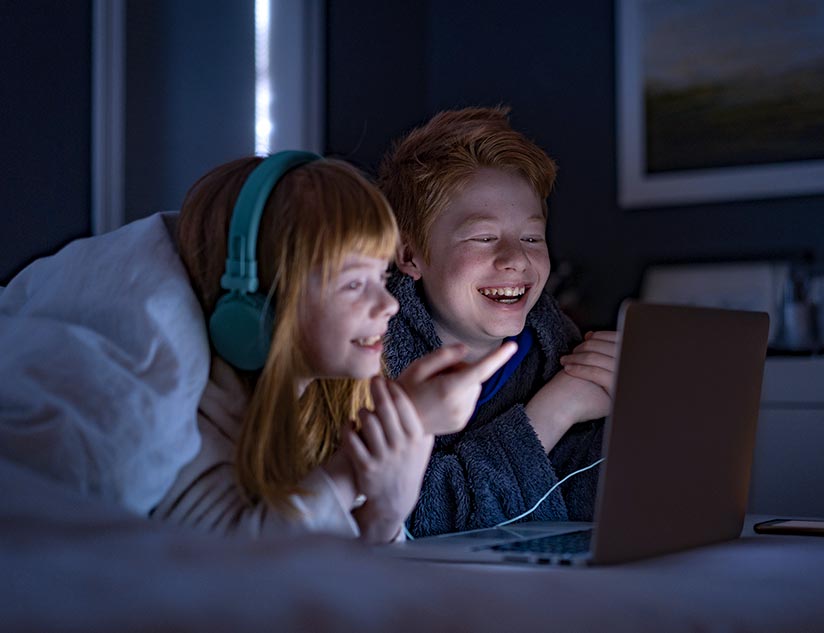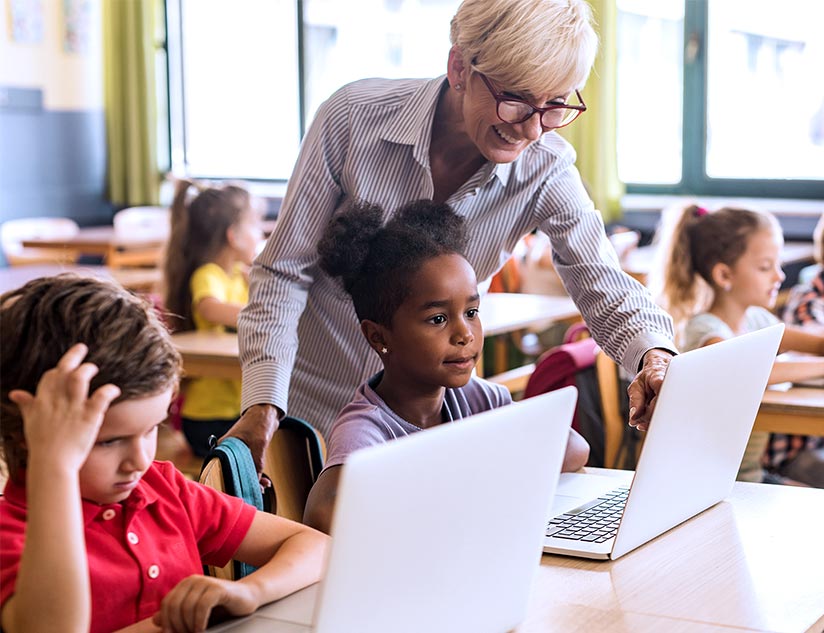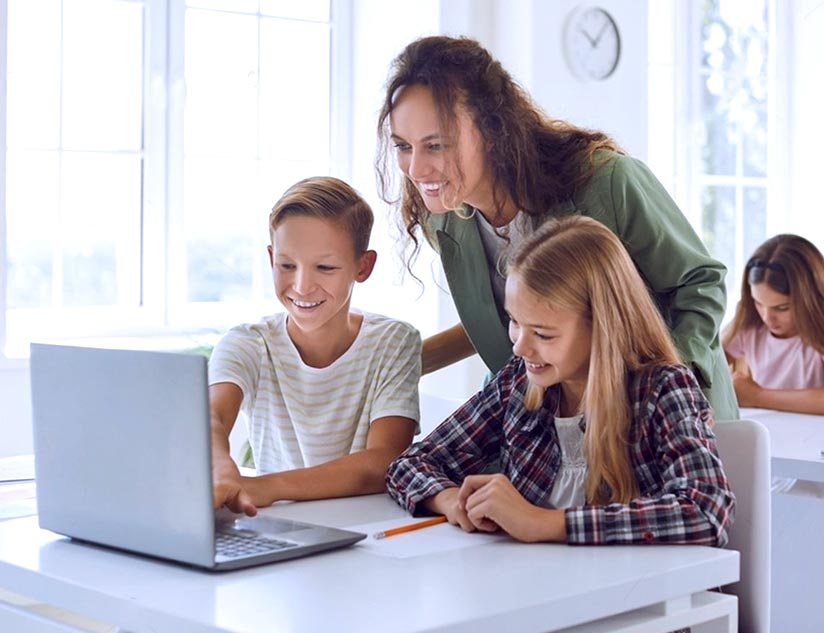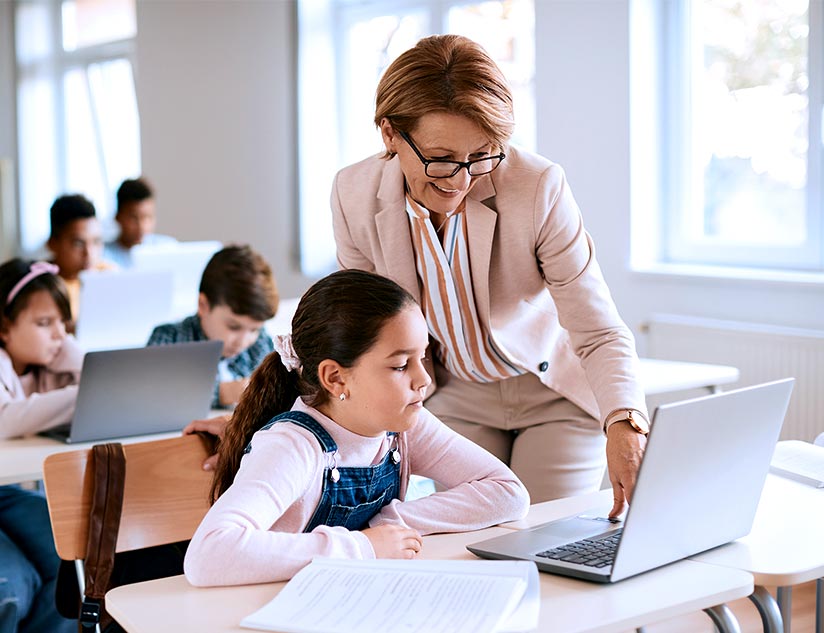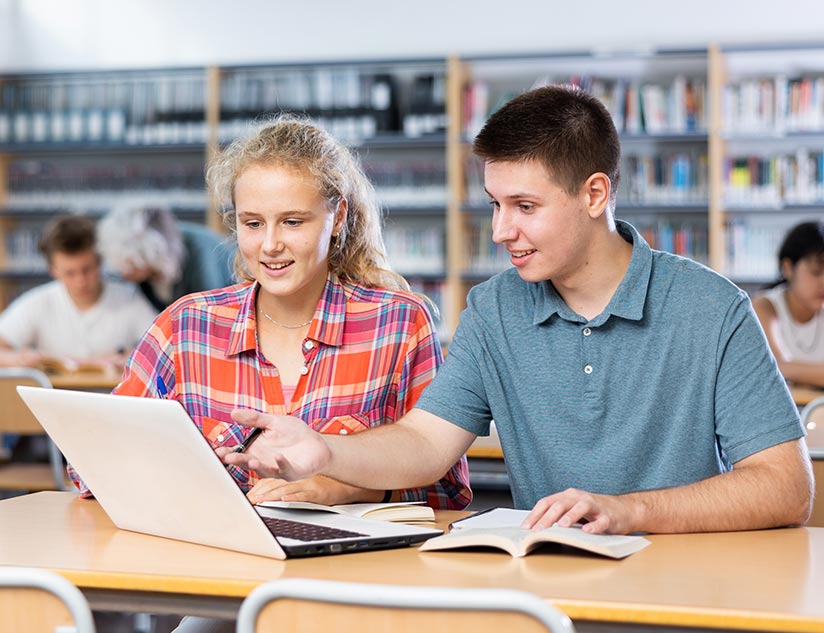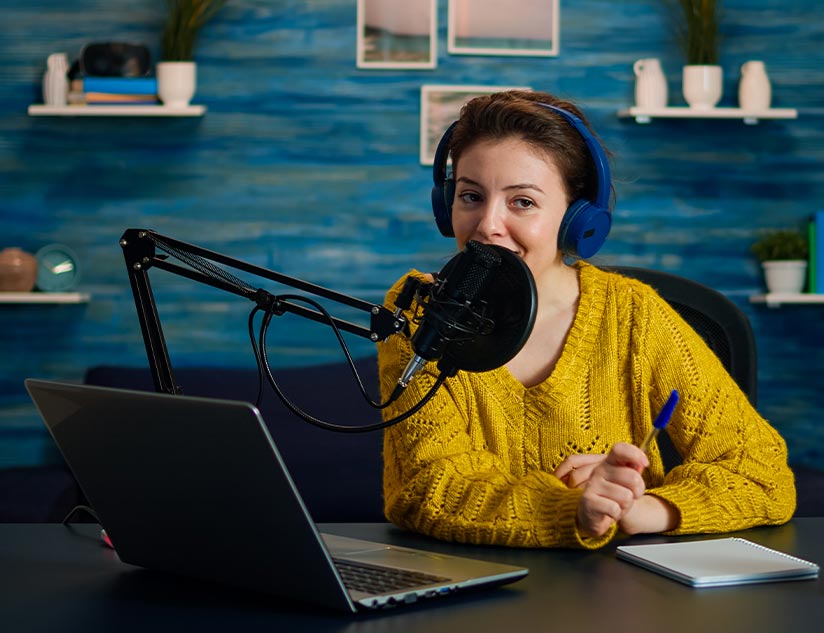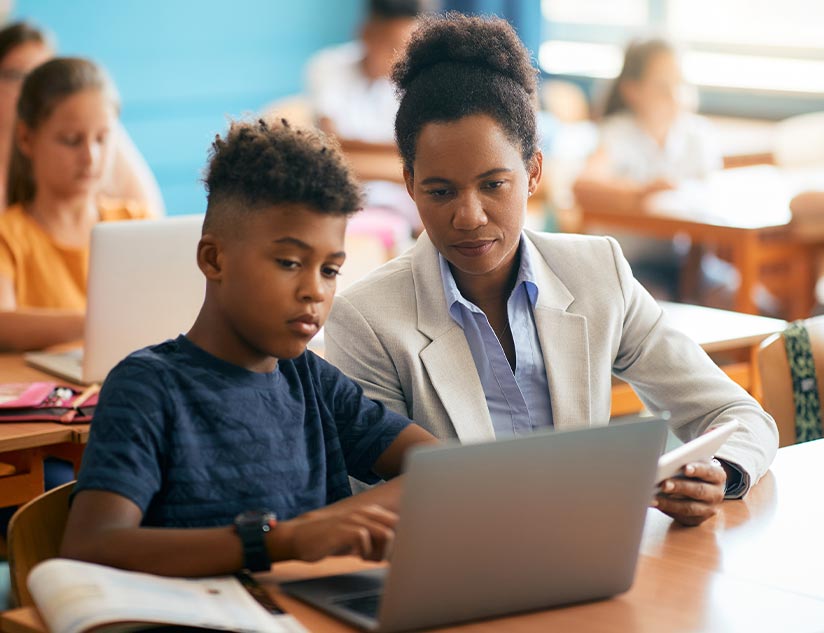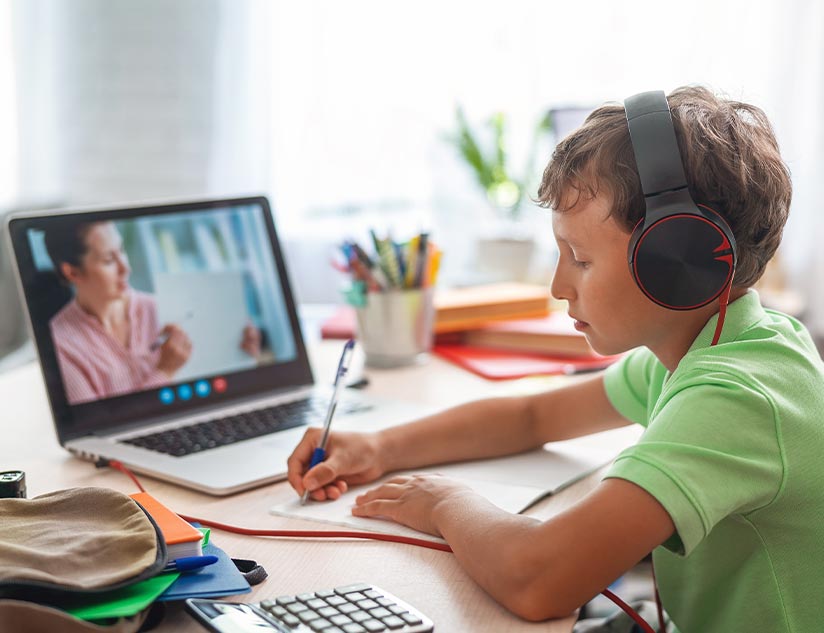To be an integral part of this digital age, it’s imperative to keep up with the technological advances in every sector. For years, we have experienced the traditional classroom format of imparting education to learners. Educators have now begun implementing a novel methodology that has transformed the rather mundane ‘classroom teaching’ into an engaging educational experience — the world of ‘Flipped/Inverted Classroom’.
The predominant limiting factor related to the classical ‘classroom teaching’ approach has been, at times, long monologs by the educator. This not only leads to a possibly monotonous atmosphere, but also restricts a much-needed quality student-teacher interaction. This approach has overcome this limitation by diminishing the need for homework while providing critical instructional content in the form of videos to students. Not only are the educators relieved to have more time to discuss queries and doubts, the students can now be better engaged in activities related to the ongoing topic. Think of this as a flip between what was considered as ‘homework’ and ‘classwork’ in the classical-teaching-approach.
Flipped classrooms can be implemented in a plethora of ways depending upon the requirements of the subject being taught, its related topics, and the students. .
Some of the well-experimented models include:
- Standard Inverted Classroom: For anyone new to this mode of education, this is an ideal choice to begin with. This classic mode of alternate education includes delivering instructional lectures via video blogs (vlogs) that can be accessed online at learners’ convenience. The time in the classroom is attributed to discussions and questions related to the application of the theory learned. Once the educators start conducting such classes comfortably, they tend to move on to more personalized models as mentioned below.
- Faux Flipped: Designed to cater to younger learners, this approach involves playing in-class instructional videos, wherein the educator tends to individual queries for each student as others review the topic at their own pace.
- Flipped Mastery: Preferred for older students, the mastery flipped approach involves customizing the course content in such a way that students have to systematically master a topic to proceed to the next one. This is usually done by learners clearing an assignment with a higher grade. Classes are conducted as per the previously explained standard inverted classroom, with the exception of the assessment criteria and grading system. In most cases, the grades are decided according to the number of objectives cleared during a semester.
- Peer-based Flipped: This approach ensures better knowledge acquisition by involving an added aspect of peer review. In such a setup, participants are typically provided with instructional videos and other resources in order to understand the topic. The in-class session, however, requires students to individually answer some important conceptual questions. This is then followed by every student trying to convince their peers/friends of their understanding of the topic at hand. The biggest advantage of this model lies in the higher knowledge-acquisition rate among students since those who would not have understood the topic completely, can learn it from a peer who has understood the subject well.
- Discussion-Oriented Flipped: Much like a standard flipped classroom, discussion-oriented flipped classrooms involve similar homework, with the exception of a novel classwork approach. We can consider this to be a faux flipped approach designed for higher grades, wherein instead of tending to individual queries during a video presentation, students are engaged in a discussion session related to the learned topic. This particular model aids contextual subjects, such as arts, linguistics or the social sciences.
An advanced and beneficial approach in education
A common disadvantage that traditional classrooms have had to face is the time constraint. Content is ever-evolving, and yet we are allotted the same limited time to educate our students. To cover the new content, while synchronizing it with the existing theories, could be a daunting task for many. Flipped classrooms have overcome this issue with efficiency. While directed towards being more learner-centric, this approach is just as empowering for educators.
Some of the reasons for the success of flipped classrooms are:
- Educators are in charge of content in its entirety along with its desired mode of delivery viz. social media or school intranet portal, etc.;
- Assured and dedicated classroom time to brainstorm ideas related to a particular topic’s practical applicability; resolving queries; and answering questions;
- Going beyond a mere knowledge-imparting session to an activity-based interesting session;
- Enhanced assessment outcomes and detailed statistical data can be obtained based on a participant’s performance. This can then be used to identify strengths and weaknesses of individual learners. Educators can utilize the same statistical data to analyze these patterns among students and strategize remedial plans;
This approach can also benefit institutions with a relatively tighter budget since the learning resource can be made available online without any actual infrastructural dependency. It won’t only bolster educator-learner interaction but also yield a compelling participation from the learners, which, in turn, would add to improved learning.
The advantages of such an approach go beyond the extrinsic and obvious gains to a classical classroom model. Along with an interesting flip of redefining homework and classwork, these models have greatly reshaped the teacher-student relationship. From leading to guiding, this approach has not only become more student-centered, but it also bridges the gap that existed between the constantly-evolving content and the same old delivery models. To top it off, this approach also facilitates an improved parent-teacher/educator interaction since parents also possess access to the course material of videos/lectures.



